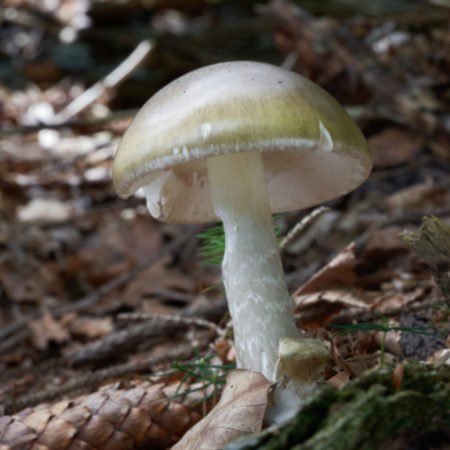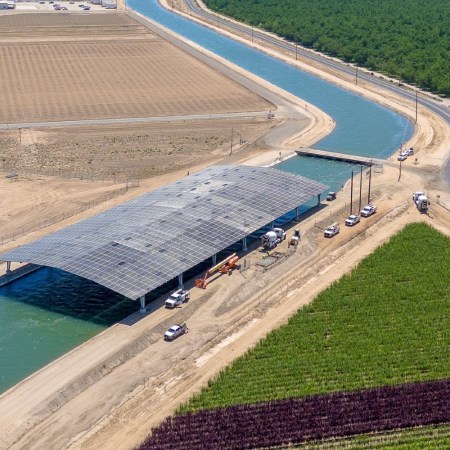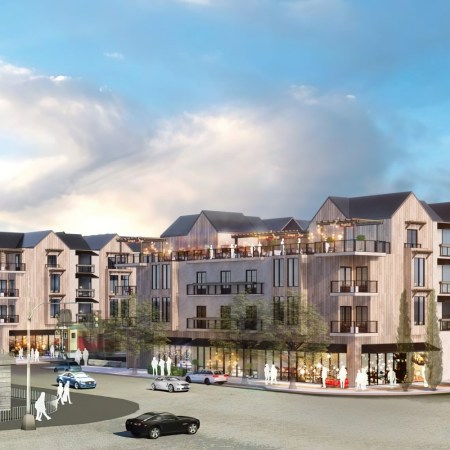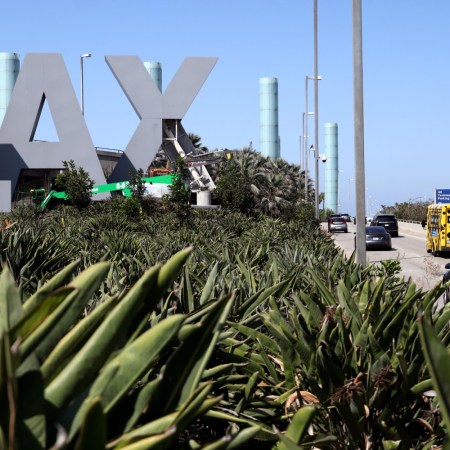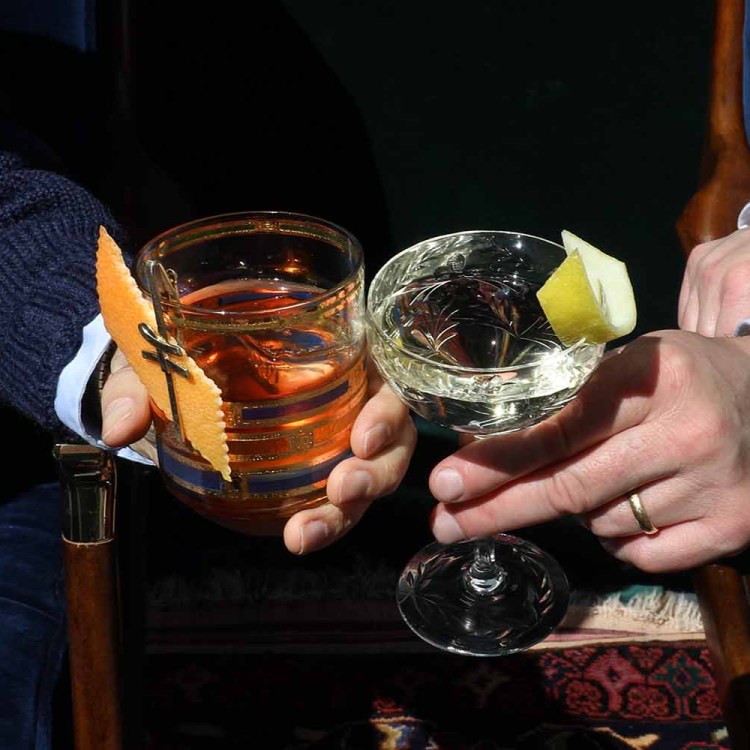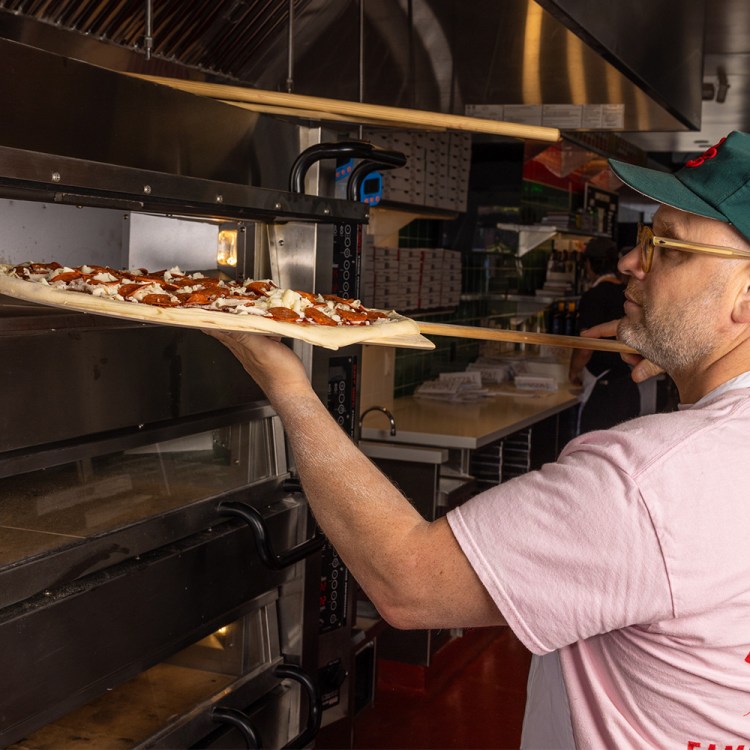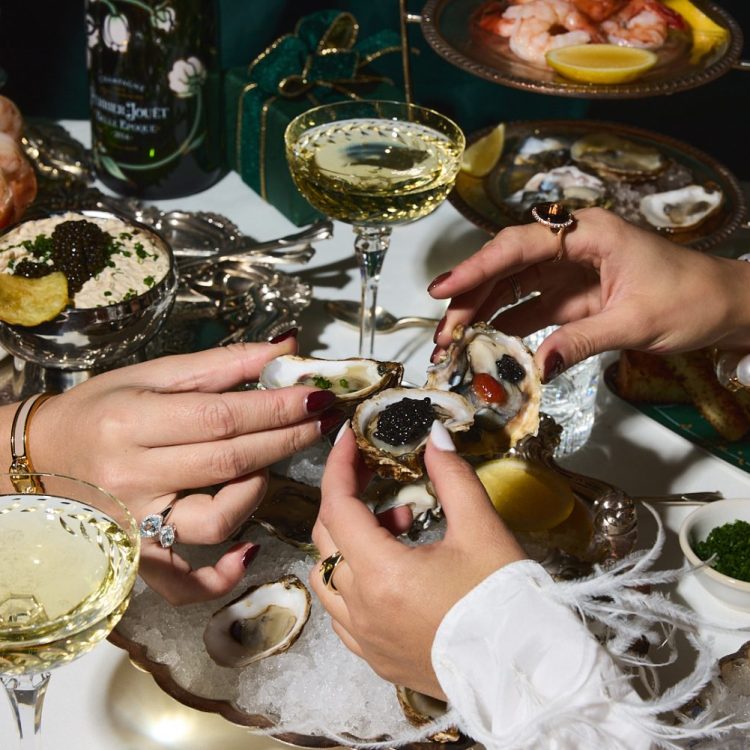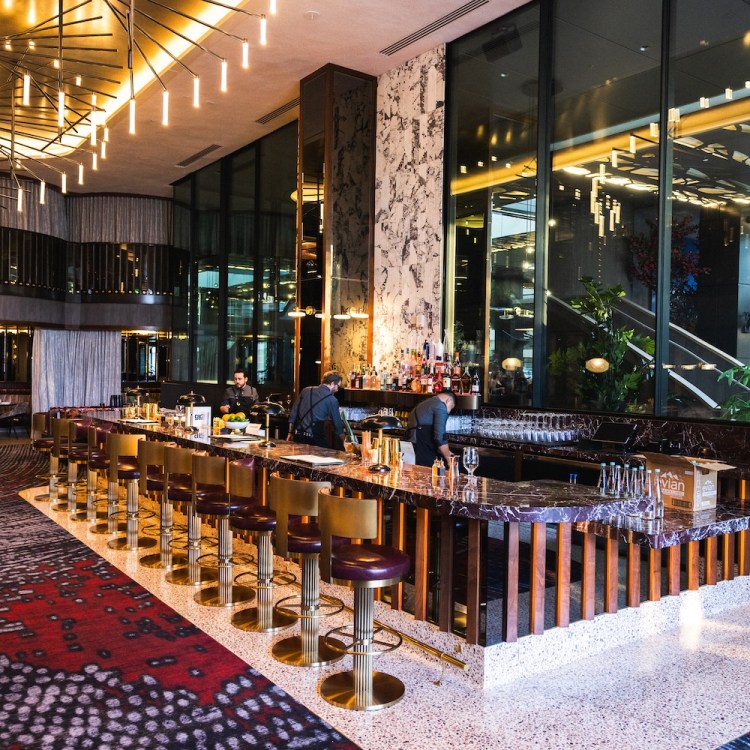Biggest problem we have with autonomous cars? We love road trips.
Back roads, windows down, blacktop slithering away in the rearview — that’s a feeling we’d rather not relinquish.
Just ask Thom Hill and Jackson Chandler, the fellas behind Iron & Resin, makers of heritage roadwear for adventurous souls.
As die-hard proponents of the open road, we challenged them to put together the three best fall road trips in California.
From windy mountain escapes to canyon cruisers to Pacific Coast views, here’s what they told us.
Photo by Drew Martin
The Route: Los Angeles to Carrizo Plains Loop
Distance: 350 miles
Duration: 2-3 days
This is an easy loop from LA if you ride this route: up the coast through Ventura and take HWY 33 through Ojai, into the Topa Topa Mountains and wind up to the Pine Mountain Summit … then drop down the backside into the Cuyama Valley. When HWY 33 ends, take 166 East for a short distance and turn left on Soda Lake Road. Leave the pavement behind as you drop down to the Carrizo Plain, which is a throwback to when California’s central valleys were vast grasslands, populated with elk and antelope. Head back to LA via I-5, which you can access if you exit Carrizo Plain on the north side and head east through Taft, which spits you out West of Bakersfield.
Checkpoints
Pine Mountain
If you’re going to call this home for the night, take Pine Mountain Road at the summit of the 33 all the way to the top. You’ll see dispersed camping sites as you get toward the top. The last few are superior. If you climb, bring your shoes, as there’s tons of great bouldering.
The Place
The Place is right on the 33 in Maricopa and is a great halfway point for an ice-cold beer, burger and homemade pie.
Selby Campground
Once you reach the Carrizo Plains, you can literally camp anywhere you like. However, if you require basic amenities, Selby Campground will fit the bill. It has beautiful views and fire rings for days.
Packing list
Bring warm layers. While days remain temperate, temps can dip close to freezing in the late fall or winter months. Your correspondent usually sleeps under the stars and pack light with my pad and sleeping bag. There’s no water at either overnight spot, so pack your own. You can have an open fire at both locations, so bring something to cook for dinner. Have a sip from your flask and watch the shooting stars.
Tips
- There’s no cell service along most of this trip, so come prepared with the right gear, spare parts, tools and attitude
- Pine Mountain Road closes around the first snow of the year or late November, whichever happens first
Photo by Dylan Gordon
The Route: Tour De Santa Monica Mountains
Distance: Approximately 60 miles
Duration: 2-4 hours
Starting in Ventura, CA, head down Las Posas Road towards the ocean till it connects with PCH, where you turn south towards Malibu. Briefly work your way south on PCH and past the infamous Mugu Rock. Turn left about six miles past the Rock on Yerba Buena Road (which turns into Little Sycamore Canyon Road) and continue until it ends on Mulholland Highway. Turn left on Mulholland and continue for ½ mile before turning left again at a stop sign that connects Mulholland with Decker Canyon Road/HWY 23. In two miles, turn right to stay on Mulholland for another 16 miles, through a winding stretch known as the snake, and eventually turn right on Stunt Road to ascend toward the Topanga Lookout. When Stunt Road ends, head south on Schueren Road for a few miles and go left at Rambla Pacifico Street for a mile or so, then left on Las Flores Canyon Road, which takes you back to PCH.
Checkpoints
God’s Seat
This rock outcropping sharply rises hundreds of feet and has an actual seat that you can sit in and gaze out across the inland valleys and mountain ranges.
The Old Place
This is a great watering hole that feels like a saloon from the old west with stiff drinks to match.
Topanga Lookout
On a clear day, you can see across the San Fernando Valley, the Palos Verdes Peninsula, and Santa Catalina Island to the direct south.
Packing list
Always check weather conditions before a ride and pack/dress accordingly. Never hurts to have a good jacket handy just in case the weather decides to change without notice. Bring a passenger along for this ride. My wife loves the route and helps keep my throttle hand under control.
Photo by Drew Martin
The Route: Off-road Trail to McIvers Cabin
Distance: Approximately 40 miles roundtrip
Duration: 1-2 days
This is an out and back ride and not a loop, as you ride out on the same road you entered on. To reach the cabin, you have to travel about 20+ miles of dirt 4×4 trails. McIvers Cabin is in the southern section of the Sequoia National Forest in the Scodie Mountains and part of the Kiavah Wilderness, and serves as a shelter to hikers of the Pacific Crest Trail. The dirt road to the cabin is listed as BLM Trail SC65 (rated easy) and can be accessed via Horse Canyon Road in Kern County, CA, located off of HWY 14.
Checkpoints
Horse Canyon Well
This small reservoir with a windmill makes the perfect place for a rest before heading up into the sequoias and saying goodbye to the desert climate.
Microwave Tower
Next point of interest is the Microwave Tower and forestry lookout tower, a short ride after entering the pine covered section of the road. Shortly after, the road follows the Pacific Crest Trail for a brief section.
McIvers Cabin
The cabin is an old out-building that was not originally built where it now stands, but was used during the construction of the aqueduct in the desert valley below and moved to its new home at McIvers Spring in 1938.
There’s a 1/2-mile hike past the spring and up the closed old mine road where you’ll be rewarded with views of the Scodie Mountains, Lake Isabella valley and the Indian Wells valley.
Packing list
Water is a necessity for this ride unless you have a good backpacking filter. A solid pair of riding boots are also essential considering the harshness of the desert and mountain environments. I usually bring lunch for when I arrive at the cabin, but if you can convince a friend with a 4×4 to join, have them bring a cooler full of beer.
Tips
- Don’t drink from the water unless you’re equipped with a filter, as water in the region carries Giardia and other waterborne parasites.
- Travel carefully on the backside of the ridge entering Sequoia National Forest. It’s more shaded and can have snow this time of year.
Main image by Dylan Gordon
This article was featured in the InsideHook LA newsletter. Sign up now for more from the Southland.

